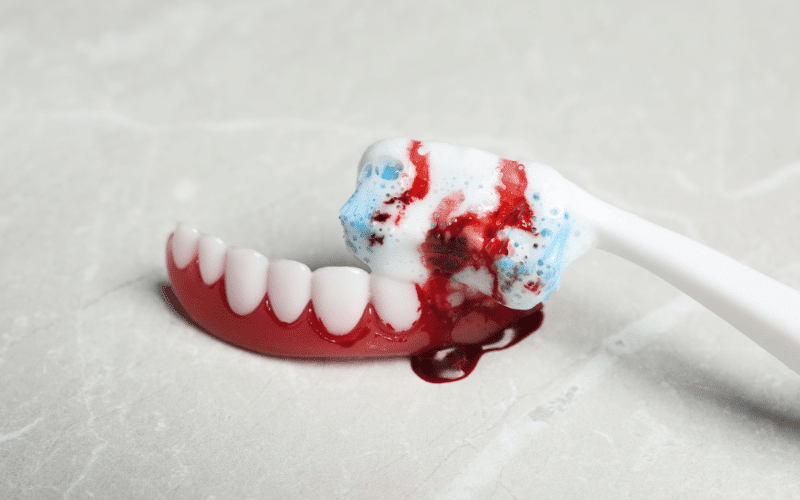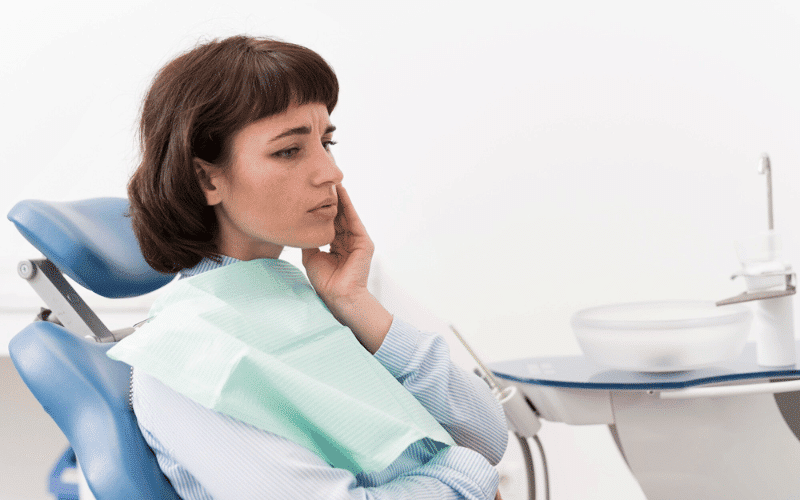
Tooth extraction is a common dental procedure that involves removing a tooth from its socket in the jawbone. Managing bleeding after such a procedure is crucial for a smooth recovery process. This article focuses on effectively managing bleeding after a tooth extraction to promote healing and prevent complications. By providing an overview of this topic, readers will gain valuable insights into the necessary steps for post-extraction care. Understanding how to control bleeding can significantly contribute to a successful recovery and minimize discomfort for the patient.
Factors Influencing Bleeding
1. Type of Extraction: The complexity of the extraction procedure can influence bleeding. Simple extractions typically result in less bleeding than surgical extractions involving impacted teeth or extensive tissue removal.
2. Patient’s Health: Underlying health conditions such as blood clotting disorders or cardiovascular issues can affect bleeding tendencies. Patients on anticoagulant medications may experience prolonged bleeding post-extraction.
3. Trauma During Procedure: Excessive force during the extraction process can damage surrounding tissues and blood vessels, leading to increased bleeding.
4. Pre-existing Conditions: Conditions such as periodontal disease or gingivitis may weaken the gums and surrounding tissues, making them more prone to bleeding during and after the extraction.
5. Post-Extraction Care: Compliance with post-operative instructions, such as avoiding vigorous rinsing, smoking, or consuming hard foods, can impact the extent of bleeding and the overall healing process.
Immediate Steps to Control Bleeding
1. Gauze Placement: Immediately following the extraction, the dentist will instruct the patient to bite down gently on a piece of sterile gauze placed over the extraction site. This pressure helps to promote blood clot formation and reduce bleeding.
2. Direct Pressure: If bleeding persists, additional gauze may be applied with firm pressure to the extraction site for a specified period, typically around 30 minutes. This direct pressure aids in stemming the flow of blood and facilitating clot formation.
3. Ice Pack Application: Applying an ice pack to the cheek outside the extraction site can help constrict blood vessels and reduce bleeding. This should be done intermittently in short intervals to avoid damaging the surrounding tissues.
4. Avoiding Strenuous Activity: Patients are advised to refrain from strenuous activities or exercises immediately after the extraction, as physical exertion can increase blood flow and prolong bleeding.
5. Elevation of the Head: Keeping the head elevated, especially while lying down, can help reduce blood flow to the extraction site and minimize bleeding. Using an extra pillow or sleeping in a slightly upright position can assist in this regard.
Home Remedies to Manage Bleeding
1. Cold Compress: Applying a cold compress or ice pack to the cheek outside the extraction site can help constrict blood vessels, reduce swelling, and alleviate bleeding.
2. Black Tea Bags: Black tea contains tannins, which can aid in blood clotting. Wetting a black tea bag and gently biting down on it can help promote clot formation and reduce bleeding.
3. Saltwater Rinse: Rinsing the mouth gently with a warm saltwater solution can help cleanse the extraction site and promote healing. Saltwater also has mild antiseptic properties, which can reduce the risk of infection.
4. Honey: Applying a small amount of honey directly to the extraction site can help soothe the area and promote healing. Honey has antimicrobial properties and may help reduce inflammation and bleeding.
5. Avoiding Straws and Spitting: Engaging in activities that create suction in the mouth, such as using straws or spitting forcefully, can dislodge blood clots and prolong bleeding. It’s advisable to avoid these activities during the initial healing period.
Wrap Up!
In conclusion, effectively managing bleeding after a tooth extraction is vital for a smooth recovery. Key points include understanding factors influencing bleeding, immediate steps like gauze placement and ice packs, and helpful home remedies such as saltwater rinses and honey application. Exercising patience and adhering to proper post-extraction care instructions is crucial to promote healing. Remember, seeking professional assistance from a qualified dentist is imperative to prevent complications if bleeding persists or worsens. For a speedy and successful recovery from Bleeding After a Tooth Extraction, prioritize patience and professional guidance by scheduling a dental appointment!
Frequently Asked Questions
1. How long should bleeding last after a tooth extraction, and when should I be concerned?
It’s normal to experience some bleeding for the first 24 hours after a tooth extraction. However, if bleeding persists beyond this timeframe or you notice heavy bleeding that doesn’t seem to be slowing down, it’s important to contact your dentist or oral surgeon immediately. Persistent bleeding could indicate a complication that needs to be addressed promptly.
2. What can I do at home to stop bleeding after a tooth extraction?
Applying gentle pressure to the extraction site by biting down on a clean gauze pad or tea bag can help control bleeding. Change the gauze or tea bag every 30 minutes or as needed. Avoid rinsing or spitting forcefully, which can dislodge blood clots and prolong bleeding. Additionally, keeping your head elevated while resting can reduce blood flow to the area and promote clotting. If bleeding persists, contact your dentist for further guidance.
3. Are there any activities or habits I should avoid to prevent excessive bleeding after a tooth extraction?
To minimize the risk of prolonged bleeding:
- Avoid strenuous activities, such as heavy lifting or vigorous exercise, for at least 24 hours after the extraction.
- Refrain from smoking, as it can interfere with blood clot formation and delay healing.
- Steer clear of hot or spicy foods and beverages, as they can irritate the extraction site and increase bleeding.
- Stick to soft foods and lukewarm liquids during the initial recovery period. Please get in touch with your dentist for personalized advice if you have any concerns or questions about post-extraction care.




